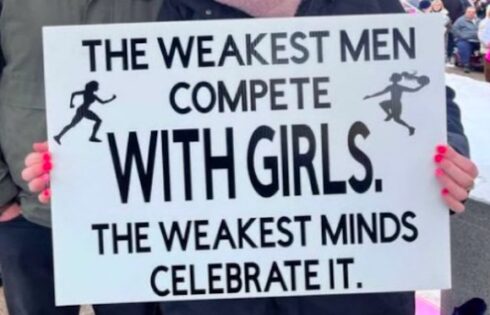
‘There is an ideological obsession in UCLA’s prioritization of crude racial identity politics at the expenses of academic excellence, transparency in the admissions process, and basic fairness,’ critic says
The Supreme Court’s ban on affirmative action has not harmed the University of California, Los Angeles’ ability to enroll students of color, according to its fall 2024 data.
UCLA enrolled “record numbers of new Black and Latino students for fall 2024, bucking [a] trend of diversity declines at other elite colleges,” the Los Angeles Times recently reported. The university reported increases near 5 percent of both Black and Latino enrollment, according to Inside Higher Ed.
In contrast, top-tier universities such as MIT, Brown University, University of North Carolina at Chapel Hill, Columbia University, and Pomona College reported drops in underrepresented minority enrollment after the Supreme Court ruling.
UCLA’s media relations division did not respond to requests for comment from The College Fix.
Reports attribute UCLA’s ability to buck the enrollment trend to strong outreach, including fundraising for specialty scholarships and partnerships with high schools and community colleges.
In June 2023, the Supreme Court ended the use of affirmative action in college admissions by ruling it violated the Constitution’s equal protection clause. Colleges and universities could no longer use race as a basis for acceptance into their programs.
While medium and large private institutions saw a 2.22 percent decrease among incoming students of color, small schools, defined as having less than 5,000 students, reported a 4.44 percent increase in first-year students of color, according to eCampus News.
The data comes from a Vector Solutions survey of over 624,000 incoming first-year students across more than 350 higher education institutions. Overall, universities saw a 0.23 percent increase in enrollment of students of color compared to fall 2023.
The data suggests students who could not get into larger schools were admitted to smaller ones.
UCLA law Professor Richard Sander said UCLA desires at least 25 percent of its students be Hispanic so it can be classified as a “Hispanic-serving institution” — qualifying it for additional benefits, such as more money from the government.
“[The university] is under political pressure from the legislature to have UCLA’s freshman enrollment match or exceed the demographic makeup of 18-year-olds generally in California, even though, of course, academic preparation is not spread evenly across these groups,” Sander wrote in an email to The College Fix. “Achieving something approaching parity thus requires UCLA to use racial preferences, despite their illegality.”
In November 1996, the citizen-initiated Proposition 209 prohibited race-based affirmative action in public education in California. This sentiment was upheld in 2020 when a majority of California voters rejected Proposition 16, which would have repealed Prop. 209.
Since the enactment of Prop. 209, UCLA has found ways around the law to achieve its goal of providing a campus community as diverse as the state of California, according to UCLA Newsroom. The university increased outreach to minorities, changed the admissions process so each application was read by one reviewer, and created new staff positions focused on diversity, equity, and inclusion efforts.
Proponents of fairness and merit say the effort is misguided.
“There is an ideological obsession in UCLA’s prioritization of crude racial identity politics at the expenses of academic excellence, transparency in the admissions process, and basic fairness,” Wenyuan Wu, executive director of the Californians for Equal Rights Foundation, wrote in an email to The College Fix on Dec. 4.
Wu said race-based admissions harm all students, including the underrepresented minorities. She said meritocracy, integrity, and transparency are eliminated from the admissions process when affirmative action is in tandem with test-free admissions.
“It cheapens higher education by turning the marketplace of ideas into a battleground to inculcate illiberal dogmas of racial representation and identity balkanization,” Wu said.
Not to mention, the students who ought to be admitted based on merit are denied, allowing low academic expectations to prevail, Wu said.
Sander agreed, and said admitting students based on skin color is not only morally wrong but exacerbates credential disparities, cheapening the higher education system.
“Some courses are made less challenging to accommodate the weaker students; when they are not, the weaker students perform disproportionately poorly and learn less,” Sander said. “It thus hurts educational quality for all students.”
Sander is co-author of the 2012 book “Mismatch: How Affirmative Action Hurts Students It’s Intended to Help, and Why Universities Won’t Admit It.”
Wu said she encourages families of students who believe they may have been discriminated against to hold UCLA accountable.
She said they can submit complaints to the Department of Education Office for Civil Rights, or take legal action, or both. Additionally, she said her organization, Californians For Equal Rights Foundation, is ready and willing to help such students and families.
MORE: Black, Hispanic enrollment drops at elite colleges post-affirmative action ban
Like The College Fix on Facebook / Follow us on Twitter






Please join the conversation about our stories on Facebook, Twitter, Instagram, Reddit, MeWe, Rumble, Gab, Minds and Gettr.